Why Si₃N₄ Ceramic Balls Outlast Steel In Corrosive Environments
Description
Silicon nitride ceramic balls have been proven effective in environments where corrosion is a constant concern. Steel components tend to undergo rapid degradation when exposed to aggressive chemicals and saltwater. The article explains the material differences that contribute to the extended lifespan of silicon nitride. It compares the two materials and presents specific data along with actual industrial applications. This information is intended to assist engineers, mechanics and technicians working with mechanical and chemical systems in understanding why silicon nitride is the selected material for corrosive settings.
Content
Silicon nitride ceramic balls are widely used in complex applications. Compared with steel, they offer enhanced corrosion resistance. In many industrial settings, steel suffers from oxidation or chemical attack. When steel is exposed to strong acids or saltwater, it rusts and deforms. In contrast, silicon nitride remains stable under the same harsh conditions.
The resistance of silicon nitride is attributable to its molecular structure. Silicon and nitrogen atoms form strong covalent bonds. These bonds prevent chemical reactions that would normally degrade the material. Steel, by comparison, has a crystalline structure that is susceptible to chemical decomposition. This difference makes silicon nitride a fitting candidate for applications where chemical resistance is required.
Studies have shown that the chemical inertness of silicon nitride in many corrosive media reaches nearly 100%. In tests where both silicon nitride and high-quality stainless steel were immersed in acid solutions, the steel exhibited noticeable rust formation within a few days. Silicon nitride displayed no signs of corrosion even after prolonged exposure. These data have been recorded in settings such as semiconductor manufacturing and chemical processing plants.
In addition to its chemical resistance, the mechanical properties of silicon nitride are significant. The material has a low density and high strength, which reduces wear in heavily loaded parts. Its high hardness minimises surface damage under abrasive conditions. Engineers have observed that these properties can extend the operational life of components using these ceramic balls.
A common instance is the application of silicon nitride balls in high-speed ball bearing systems in chemical plants. One report indicated that bearings fitted with silicon nitride lasted three times longer than those with conventional steel balls. Bearings containing steel balls required frequent replacement owing to pitting and corrosion, which consequently increased maintenance costs. Silicon nitride provided consistent performance over prolonged periods.
Furthermore, the thermal stability of silicon nitride offers an advantage. In installations where temperatures vary, steel expands and contracts, which may lead to micro-cracks and subsequent corrosion. Silicon nitride tolerates temperature fluctuations better; consequently, the chance of stress-induced cracks and eventual bearing system failure is minimised.
A practical case is the use of silicon nitride balls in food processing equipment. Equipment that is exposed to cleaning chemicals and fluctuating temperatures benefits from the inert nature of silicon nitride. The extended operational life of these bearings results in reduced downtime for maintenance. This ensures that food safety is maintained without additional interruptions caused by equipment failure.
Research has also noted that silicon nitride ceramic components are simpler to maintain over time. Although the initial cost may be somewhat higher than that of steel, the long-term benefits from lower maintenance and extended lifespan offset the upfront expense. In chemically aggressive plants and automated assembly lines, the durability of components reduces the risk of unexpected failures. These findings have led to its adoption in various industrial sectors.
In summary, silicon nitride ceramic balls exhibit higher chemical resistance, well-defined mechanical properties and improved thermal performance compared with steel in corrosive environments. Data and examples from chemical plants and food processing facilities provide measurable evidence to support these points. Engineers continue to choose silicon nitride based on its predictable lifespan, even when steel components fail prematurely under similar conditions.
Summarising Table
|
Property |
Silicon Nitride Ceramic Balls |
Steel Balls |
|
Chemical Inertness |
Nearly 100% in aggressive acids, bases and saltwater |
Moderate; rust and corrosion are common under similar conditions |
|
Hardness |
High; reduces wear in abrasive environments |
Low; prone to surface pitting |
|
Thermal Stability |
Excellent; withstands high temperature fluctuations with minimal expansion |
Moderate; exhibits thermal expansion that leads to cracks |
|
Lifespan in Chemical Plants |
Operates up to three times longer than steel in similar environments |
Requires frequent replacement due to corrosion |
|
Maintenance Costs |
Lower over time due to extended operating life |
Higher due to frequent component replacement and associated downtime |
|
Example Case |
Employed in high-speed ball bearing systems in chemical plants and food processing facilities |
Employed in conventional ball bearings; exhibits early wear and degradation |
Further information can be found at Stanford Advanced Materials (SAM).
Conclusion
Silicon nitride ceramic balls represent an appropriate choice in corrosive environments. Owing to their strong atomic bonds and chemical inertness, they withstand aggressive chemicals and temperature fluctuations. Although steel is utilised in many applications, its corrosion resistance is inadequate. Data and practical examples confirm that components made of silicon nitride maintain functionality for longer periods. Engineers across industries, from food processing to high-speed manufacturing, have recognised the advantages of using ceramic balls. The adoption of a corrosion-resistant material results in lower maintenance effort, reduced downtime and enhanced dependability. The extended operational life and performance of silicon nitride has led to its selection in many modern applications.
Frequently Asked Questions
Q: Why are silicon nitride balls better than steel in corrosive environments?
Q: Silicon nitride resists chemicals and temperature fluctuations more effectively, thereby reducing corrosion and wear.
Q: How does temperature affect the two materials?
Q: Silicon nitride remains stable, while steel expands, contracts and develops cracks.
Q: Are silicon nitride balls cost-effective in the long term?
Q: Yes, silicon nitride is cost-effective due to its reduced replacement frequency and lower maintenance costs.

 Bars
Bars
 Beads & Spheres
Beads & Spheres
 Bolts & Nuts
Bolts & Nuts
 Crucibles
Crucibles
 Discs
Discs
 Fibers & Fabrics
Fibers & Fabrics
 Films
Films
 Flake
Flake
 Foams
Foams
 Foil
Foil
 Granules
Granules
 Honeycombs
Honeycombs
 Ink
Ink
 Laminate
Laminate
 Lumps
Lumps
 Meshes
Meshes
 Metallised Film
Metallised Film
 Plate
Plate
 Powders
Powders
 Rod
Rod
 Sheets
Sheets
 Single Crystals
Single Crystals
 Sputtering Target
Sputtering Target
 Tubes
Tubes
 Washer
Washer
 Wires
Wires
 Converters & Calculators
Converters & Calculators
 Write for Us
Write for Us
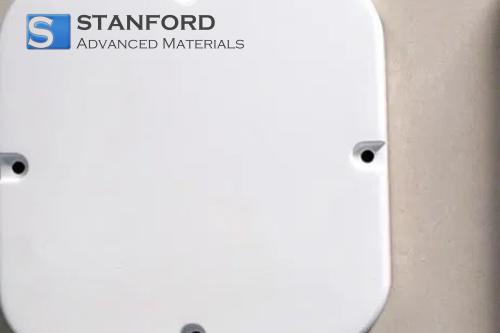
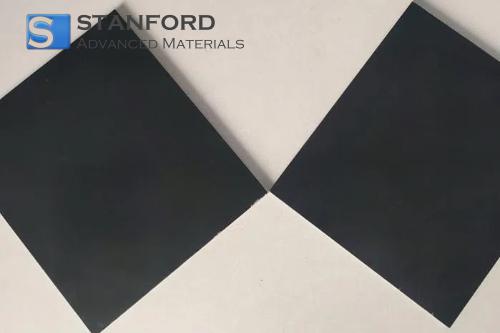
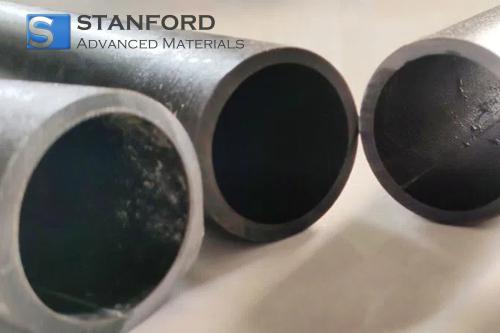
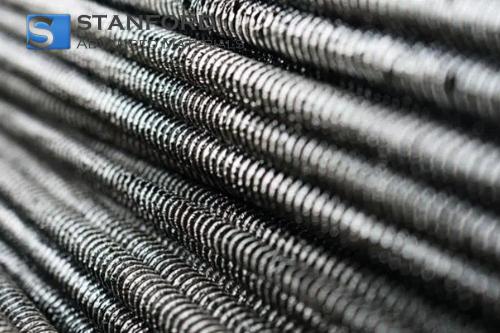
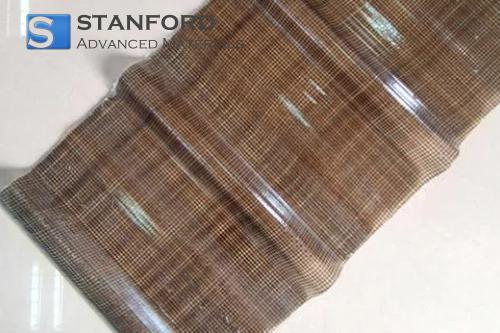
 Chin Trento
Chin Trento



